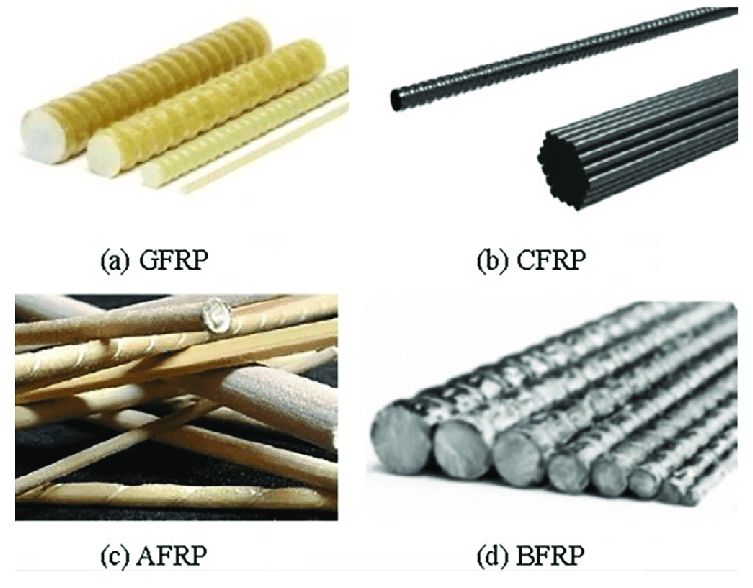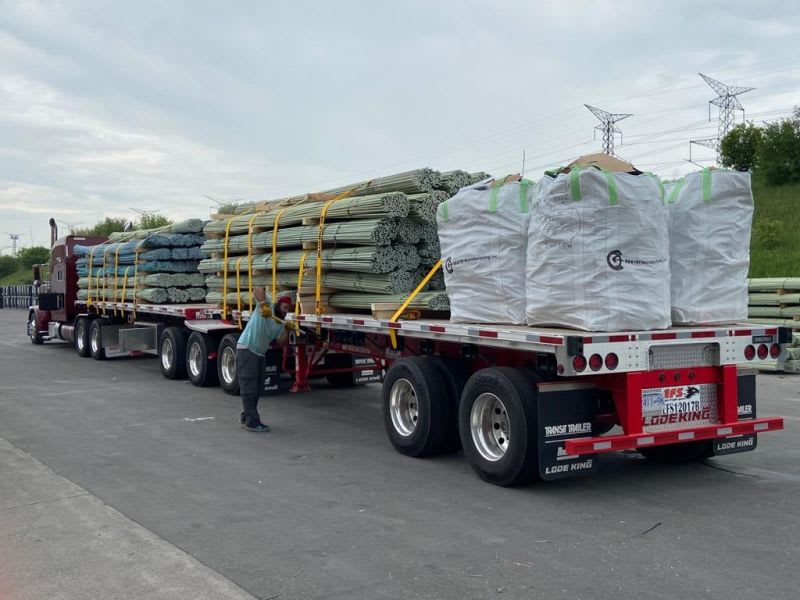ACI 440.1R-15 is a great source of info for this
Although I've never used FRP reinforcement, I did do a bit of research into it when we were investigating various options for reinforcing some concrete in marine environments.
From what I have gathered:
(1) The greatest drawback is the brittle failure mode, which makes it unsuitable for any application where you are relying on ductility or moment redistribution. I would include a flat plate floor in this category.
(2) The bars are weak in shear as Toby43 said, therefore unsuitable for dowel action.
(3) The anisotropy mentioned by Toby43 also affects the compressive strength of the bars, which is about 50% of that in tension (the failure mode being splitting / delamination of the bar).
(4) Strength under sustained loading (i.e. creep rupture) can be as low as ~30% compared to the instantaneous strength. Therefore, large strength reduction factors need to be applied.
(5) Elastic modulus may be roughly 1/3 or 1/4 compared to steel. Considering (4) and (5), you would probably need a greater quantity of FRP bars compared to steel.
(6) Notwithstanding (5), you are able to tolerate much wider cracks than for a steel reinforced structure because the stuff obviously doesn't corrode. Various codes (JSCE, CAN/CSA, ACI) allow up to 0.5-0.7 mm.
(7) The bars do indeed creep, but the creep strains are typically small, and your working stress will likely be quite small considering all the above points.
(8) There are other factors such as ambient temperature that affect the strength and behaviour of the bars also.
(9) Any bends in the reinforcement need to be pre-fabricated. The presence of any bend reduces the strength of that part of the bar by about 50%. Again, the bars tend to split / delaminate as they try to straighten. Also I believe the minimum bend radius is quite a bit bigger than for steel, which makes it less suitable for fitments.


